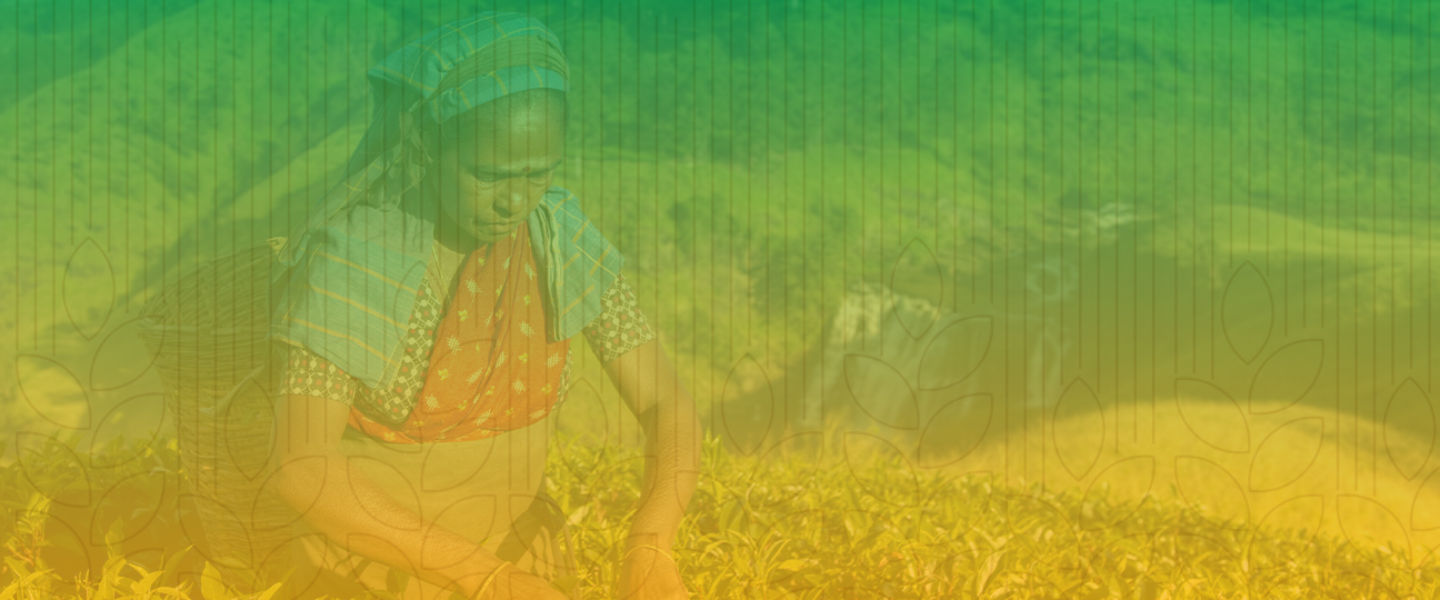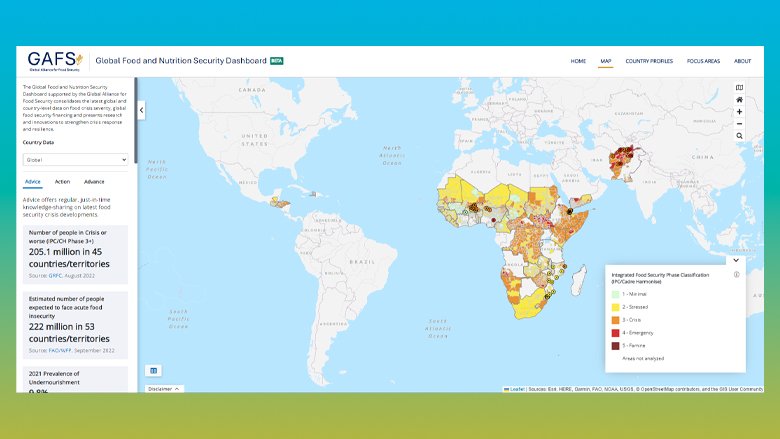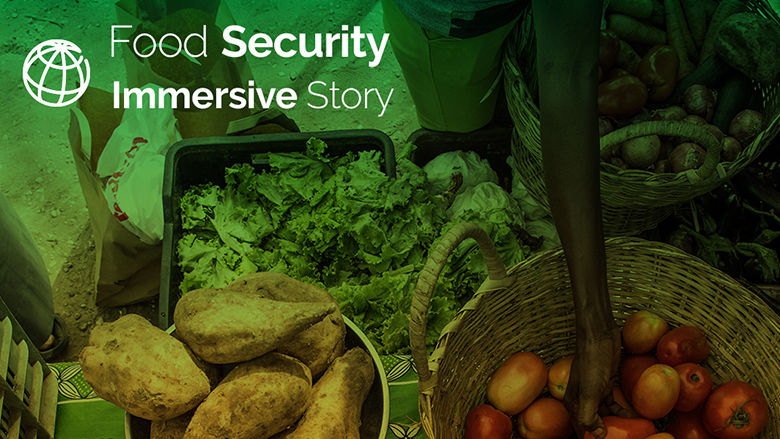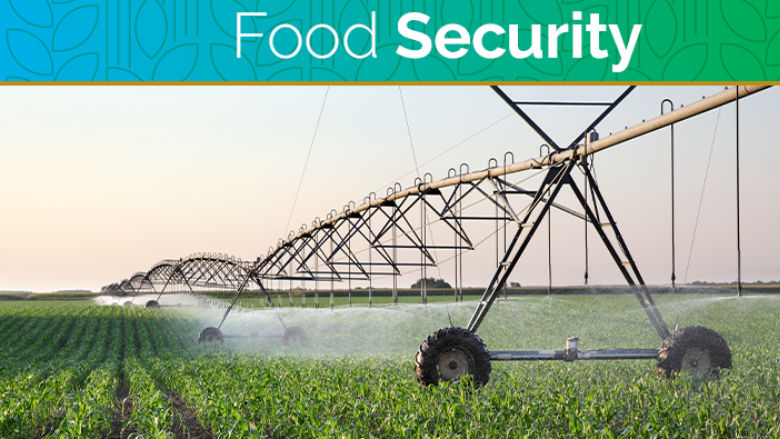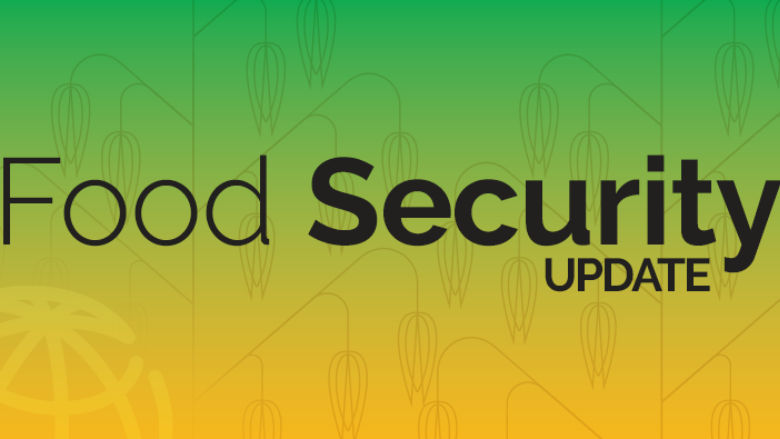Latest Food Security Data – June 16, 2025
Domestic food price inflation remains high in most low- and lower-middle-income countries. Information from the latest month between February and May 2025 for which food price inflation data are available shows high inflation in many low- and lower middle-income countries, with inflation higher than 5% in 76.5% of low-income countries (a decrease of 11.0 percentage points since the last update on May 16, 2025), 54.5% of lower-middle-income countries (4.5 percentage points higher), 45% of upper-middle-income countries (2.0 percentage points lower), and 14.5% of high-income countries (4.0 percentage points lower). In real terms, food price inflation exceeded overall inflation in 60% of the 161 countries where data is available.
Download the latest brief on rising food insecurity and World Bank responses
Since the last Update on May 16, 2025, agricultural and cereal price indices closed 1% lower, and the export price index closed at the same level. Maize and rice prices closed 4% and 1% lower, respectively, and wheat prices closed 3% higher. On a year-on-year basis maize, wheat, and rice prices are 2%, 20%, and 31% lower, respectively. Maize prices are 13% higher, wheat prices 4% lower, and rice prices 2% higher than in January 2020 (See “pink sheet” data for agricultural commodity and food commodity prices indices, updated monthly.)
The June 2025 AMIS Market Monitor reports that global markets for wheat, maize, rice, and soybeans remain broadly stable, with no major supply disruptions expected in the near term. Stock levels are generally adequate, and trade flows are continuing smoothly, but regional crop conditions are mixed, and weather-related risks are increasing.
Recent World Bank data shows continued declines in global food commodity prices, driven by increasing supply. The Food Price Index of the Food and Agriculture Organization of the United Nations declined for the second month in a row, with cereal and vegetable oil prices dropping the most. Wheat prices fell because of strong harvests in the Black Sea region and large exports from Russia. Maize and rice prices also declined, supported by good crop progress and a decrease in export restrictions.
Although conflict and extreme weather are widely recognized drivers of hunger, a World Bank report highlights another persistent cause in Africa: transportation inefficiency. Across Africa, food supply chains are long, fragmented, and vulnerable to delays, breakdowns, and waste. On average, perishable goods travel 4,000 kilometers over 23 days—4 times as long as in Europe. As a result, more than one-third of perishable food is lost before reaching consumers.
The International Food Policy Research Institute published a report reflecting on how food systems have changed over the past five decades—and where they continue to fall short. The report highlights a core problem: food systems remain too exposed to shocks, from climate extremes to conflict and economic stress. Despite years of reforms, many policies still focus on short-term production gains rather than preparing for the kinds of disruptions that are becoming more frequent.
How the World Bank addresses food insecurity
Our food and nutrition security portfolio now spans across 90 countries. It includes both short term interventions such as expanding social protection, also longer-term resilience such as boosting productivity and climate-smart agriculture. The Bank's intervention is expected to benefit 327 million people by 2030. Some examples include:
- In Honduras, the Rural Competitiveness Project series (COMRURAL II and III) aims to generate entrepreneurship and employment opportunities while promoting a climate-conscious, nutrition-smart strategy in agri-food value chains. To date, the program is benefiting around 6,287 rural small-scale producers (of which 33% are women, 15% youth, and 11% indigenous) of coffee, vegetables, dairy, honey, and other commodities through enhanced market connections and adoption of improved agricultural technologies and has created 6,678 new jobs.
- In Honduras, the Corredor Seco Food Security Project (PROSASUR) strives to enhance food security for impoverished and vulnerable rural households in the country’s Dry Corridor. This project has supported 12,202 extremely vulnerable families through nutrition-smart agricultural subprojects, food security plans, community nutrition plans, and nutrition and hygiene education. Within the beneficiary population, 70% of children under the age of five and their mothers now have a dietary diversity score of at least 4 (i.e., consume at least four food groups).
- The $2.75 billion Food Systems Resilience Program for Eastern and Southern Africa, helps countries in Eastern and Southern Africa increase the resilience of the region’s food systems and ability to tackle growing food insecurity. Now in phase three, the program will enhance inter-agency food crisis response also boost medium- and long-term efforts for resilient agricultural production, sustainable development of natural resources, expanded market access, and a greater focus on food systems resilience in policymaking.
- A $95 million credit from IDA for the Malawi Agriculture Commercialization Project (AGCOM) to increase commercialization of select agriculture value chain products and to provide immediate and effective response to an eligible crisis or emergency.
- The $200 million IDA grant for Madagascar to strengthen decentralized service delivery, upgrade water supply, restore and protect landscapes, and strengthen the resilience of food and livelihood systems in the drought-prone ‘Grand Sud’.
- A $60 million credit for the Integrated Community Development Project that works with refugees and host communities in four northern provinces of Burundi to improve food and nutrition security, build socio-economic infrastructure, and support micro-enterprise development through a participatory approach.
- The $175 million Sahel Irrigation Initiative Regional Support Project is helping build resilience and boost productivity of agricultural and pastoral activities in Burkina Faso, Chad, Mali, Mauritania, Niger, and Senegal. More than 130,000 farmers and members of pastoral communities are benefiting from small and medium-sized irrigation initiatives. The project is building a portfolio of bankable irrigation investment projects of around 68,000 ha, particularly in medium and large-scale irrigation in the Sahel region.
- Through the $50 million Emergency Food Security Response project, 329,000 smallholder farmers in Central Africa Republic have received seeds, farming tools and training in agricultural and post-harvest techniques to boost crop production and become more resilient to climate and conflict risks.
- The $15 million Guinea Bissau Emergency Food Security Project is helping increase agriculture production and access to food to vulnerable families. Over 72,000 farmers have received drought-resistant and high-yielding seeds, fertilizers, agricultural equipment; and livestock vaccines for the country-wide vaccination program. In addition, 8,000 vulnerable households have received cash transfer to purchase food and tackle food insecurity.
- The $60 million Accelerating the Impact of CGIAR Research for Africa (AICCRA) project has reached nearly 3 million African farmers (39% women) with critical climate smart agriculture tools and information services in partnership with the Consortium of International Agricultural Research Centers (CGIAR). These tools and services are helping farmers to increase production and build resilience in the face of climate crisis. In Mali, studies showed that farmers using recommendations from the AICCRA-supported RiceAdvice had on average 0.9 ton per hectare higher yield and US$320 per hectare higher income.
- The $766 million West Africa Food Systems Resilience Program is working to increase preparedness against food insecurity and improve the resilience of food systems in West Africa. The program is increasing digital advisory services for agriculture and food crisis prevention and management, boosting adaption capacity of agriculture system actors, and investing in regional food market integration and trade to increase food security. An additional $345 million is currently under preparation for Senegal, Sierra Leone and Togo.
- A $150 million grant for the second phase of the Yemen Food Security Response and Resilience Project, which will help address food insecurity, strengthen resilience and protect livelihoods.
- $50 million grant of additional financing for Tajikistan to mitigate food and nutrition insecurity impacts on households and enhance the overall resilience of the agriculture sector.
- A $125 million project in Jordan aims to strengthen the development the agriculture sector by enhancing its climate resilience, increasing competitiveness and inclusion, and ensuring medium- to long-term food security.
- A $300 million project in Bolivia that will contribute to increasing food security, market access and the adoption of climate-smart agricultural practices.
- A $315 million loan to support Chad, Ghana and Sierra Leone to increase their preparedness against food insecurity and to improve the resilience of their food systems.
- A $500 million Emergency Food Security and Resilience Support Project to bolster Egypt's efforts to ensure that poor and vulnerable households have uninterrupted access to bread, help strengthen the country's resilience to food crises, and support to reforms that will help improve nutritional outcomes.
- A $130 million loan for Tunisia, seeking to lessen the impact of the Ukraine war by financing vital soft wheat imports and providing emergency support to cover barley imports for dairy production and seeds for smallholder farmers for the upcoming planting season.
In May 2022, the World Bank Group and the G7 Presidency co-convened the Global Alliance for Food Security, which aims to catalyze an immediate and concerted response to the unfolding global hunger crisis. The Alliance has developed the publicly accessible Global Food and Nutrition Security Dashboard, which provides timely information for global and local decision-makers to help improve coordination of the policy and financial response to the food crisis.
The heads of the FAO, IMF, World Bank Group, WFP, and WTO released a Third Joint Statement on February 8, 2023. The statement calls to prevent a worsening of the food and nutrition security crisis, further urgent actions are required to (i) rescue hunger hotspots, (ii) facilitate trade, improve the functioning of markets, and enhance the role of the private sector, and (iii) reform and repurpose harmful subsidies with careful targeting and efficiency. Countries should balance short-term urgent interventions with longer-term resilience efforts as they respond to the crisis.
Last Updated: Jun 16, 2025
